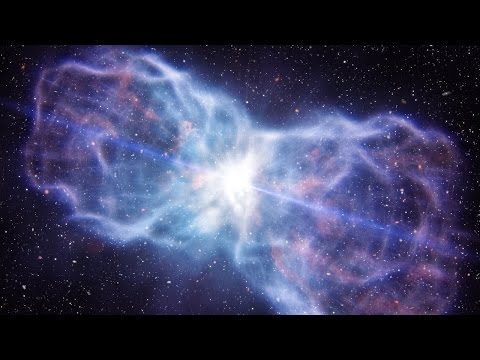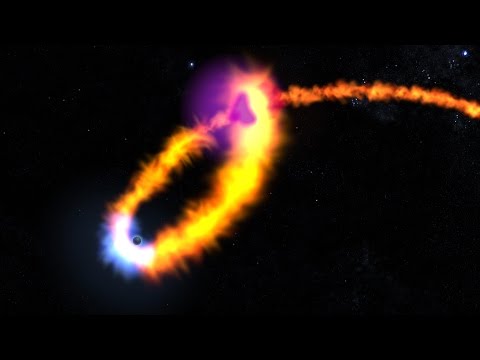Galaxies Colliding: Witnessing the Spectacular Cosmic Dance of Galactic Interactions
Galaxies Colliding: Witnessing the Spectacular Cosmic Dance of Galactic Interactions
The universe is a vast and mysterious place, filled with countless galaxies, each containing billions of stars and planets. And every so often, these galaxies come into contact with one another, resulting in a spectacular display of cosmic fireworks known as galactic collisions.
When two galaxies collide, it is not a violent crash like two cars colliding on a highway. Instead, it is a slow and graceful dance, as the immense gravitational forces of each galaxy pull and tug at one another, causing them to merge and intertwine in a cosmic ballet.
One of the most famous examples of galactic collisions is the Antennae Galaxies, located about 45 million light-years away in the constellation Corvus. These two spiral galaxies are in the process of merging, creating a stunning display of star formation and cosmic chaos. As the galaxies interact, massive waves of gas and dust are ejected into space, creating beautiful arcs and tendrils that stretch across the sky.
Another breathtaking example of galactic collisions is the Mice Galaxies, also known as NGC 4676. These two spiral galaxies are interacting in a cosmic dance, with long tidal tails stretching out into space as a result of their gravitational forces. The Mice Galaxies are a prime example of how galactic collisions can reshape the structure of galaxies and create new stars in the process.
But why do galaxies collide in the first place? The answer lies in the vastness of space and the sheer number of galaxies that exist in the universe. Over time, galaxies are constantly moving and interacting with one another due to their gravitational forces. And as they come into contact, they can merge to form larger galaxies or undergo a process known as galactic cannibalism, where one galaxy absorbs another.
While the idea of galaxies colliding may sound catastrophic, in reality, these cosmic events can have a positive impact on the universe. Galactic collisions can trigger the formation of new stars and planets, as well as help astronomers study the evolution of galaxies and the nature of dark matter. By studying galactic collisions, scientists can gain valuable insights into the processes that shape our universe and the forces that drive its expansion.
In conclusion, witnessing the spectacular cosmic dance of galactic collisions is a humbling and awe-inspiring experience. These events remind us of the immense scale and complexity of the universe, and the beauty that can arise from the collision of two massive celestial bodies. So the next time you gaze up at the night sky, take a moment to appreciate the cosmic ballet of galaxies colliding, and marvel at the wonders of the universe.













